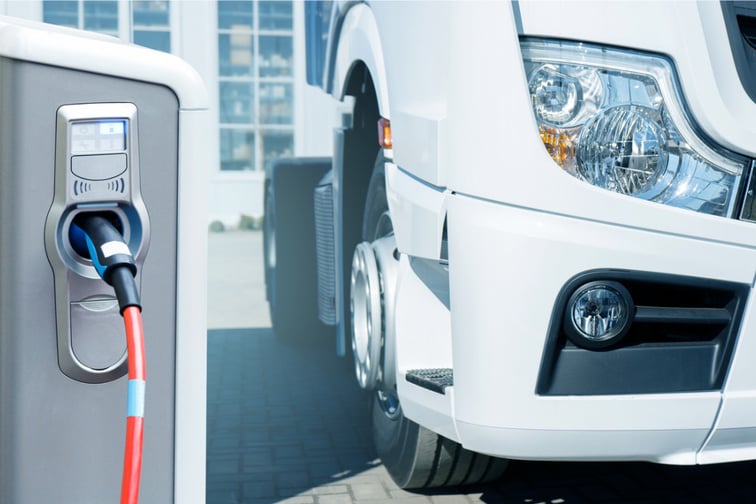

New energy vehicles (EVs) have become popular across the globe over the years and are expected to replace traditionally fuelled models in the future. As a result, the global insurance industry has been developing coverage to meet the different risks and needs for these vehicles ahead of projected demand from EV owners.
In Australia, the Federal Government's Future Fuels and Vehicles Strategy predicts there will be 1.7 million EVs on Australian roads by 2030, with fleet and government buyers expected to be early adopters due to anticipated savings in maintenance costs, rebates, and other incentives and a way to lessen carbon footprint.
In a recent blog, Gallagher said risks that insurers are developing insurance solutions for, aside from property damage and theft, include:
Read more: Gallagher highlights significance of commercial drone insurance
Gallagher stated that hydrogen-powered buses are already being built in Australia, with heavy motor and long-haul vehicles also expected to arrive in the country in the future.
For other businesses and operators, Gallagher said it expects businesses to choose the EV type of fleet based on the required distances to be covered and logistics operators logging around 200 kilometres a day in local deliveries to use electric commercial vans or utility vehicles.
Adapting to changes in the Australian car fleet insurance market, Gallagher said its partnership with Allianz enables it to develop relevant insurance cover for new EVs, and its brokers will soon provide advice and guidance about applicable EV protections for Australian businesses.
Meanwhile, some states and territories offer incentives to convince vehicle owners to switch to new energy models, including rebates and subsidies for early adopters, stamp duty exemptions, and reduced registration fees. However, in some states, these incentives are subject to additional taxes.
